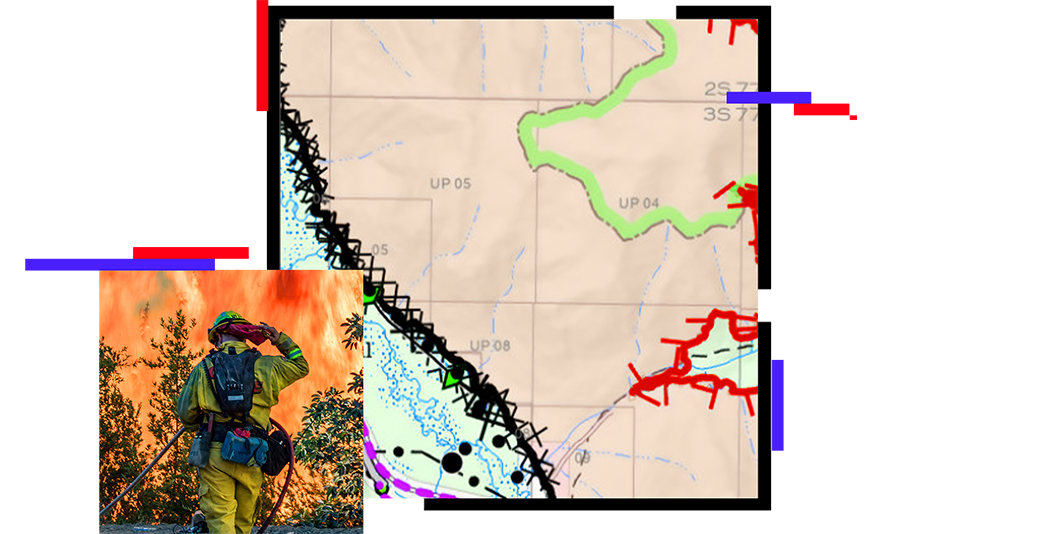Suppress and manage wildland fires
When a fire breaks out, knowing its exact location is crucial. GIS is used to plot the fire location; identify potential effects on people, critical infrastructure, and the landscape; and determine property ownership in impacted areas. Decision-makers can also compare past and current wildland fire footprints and identify natural barriers to inform response efforts.





